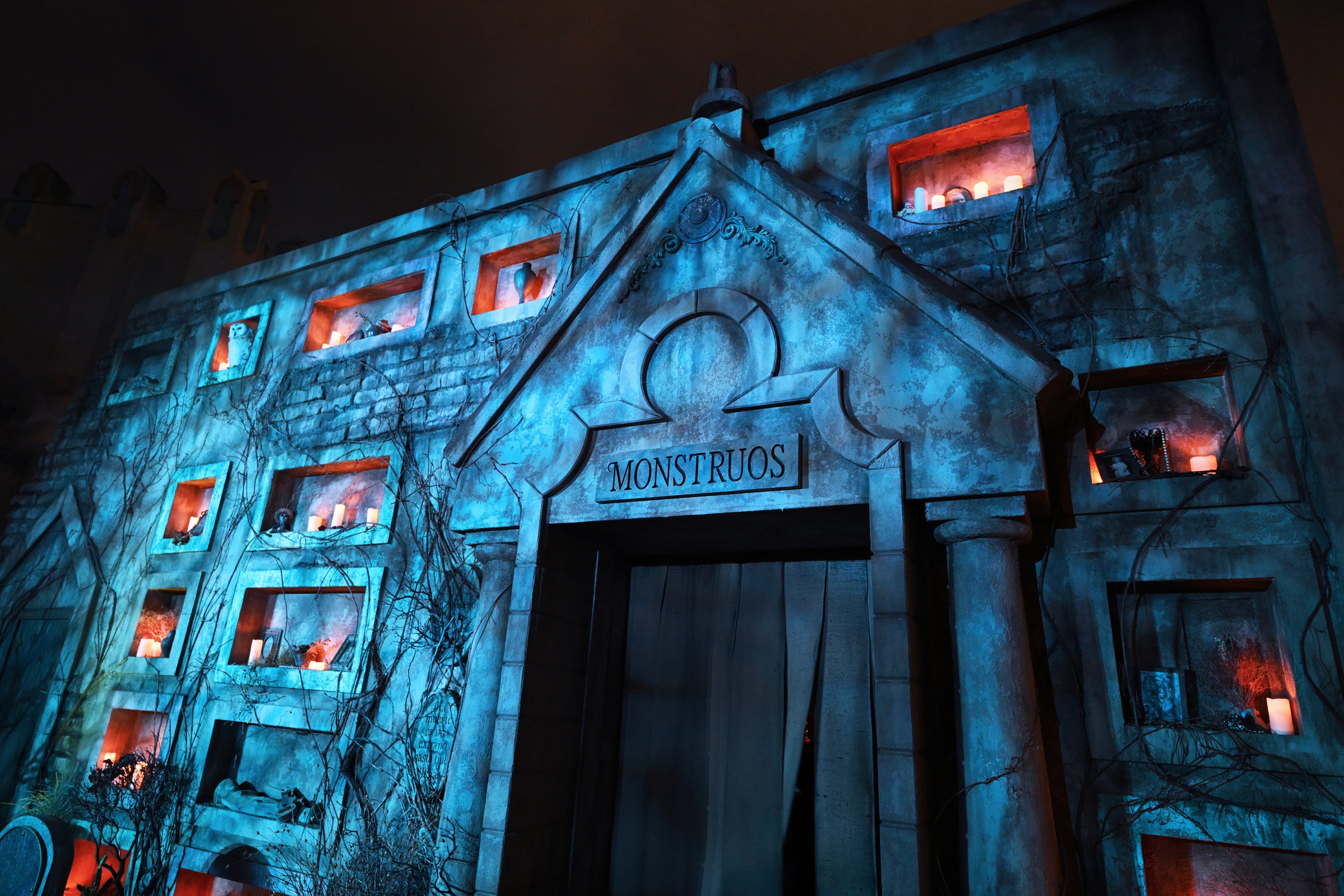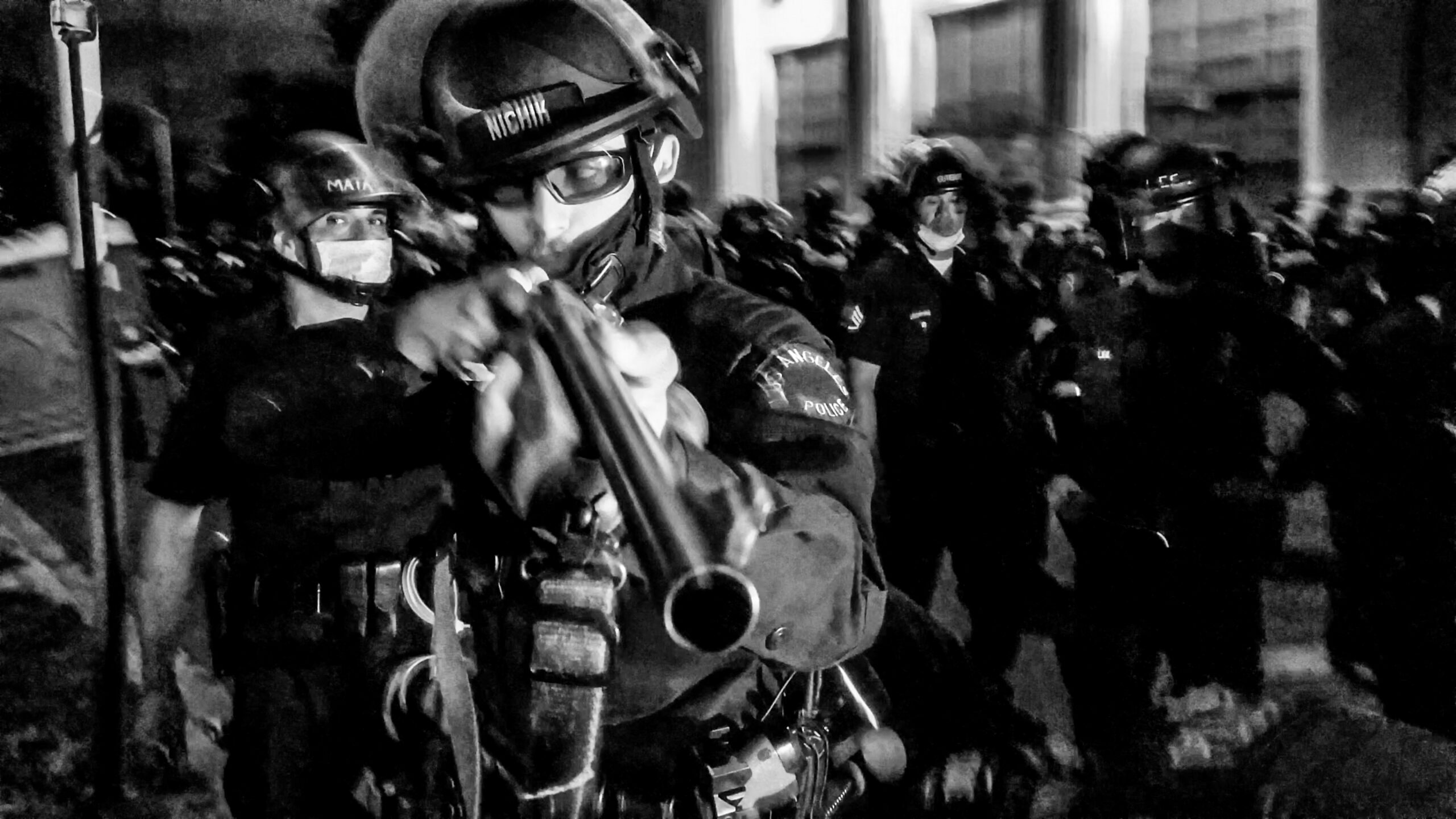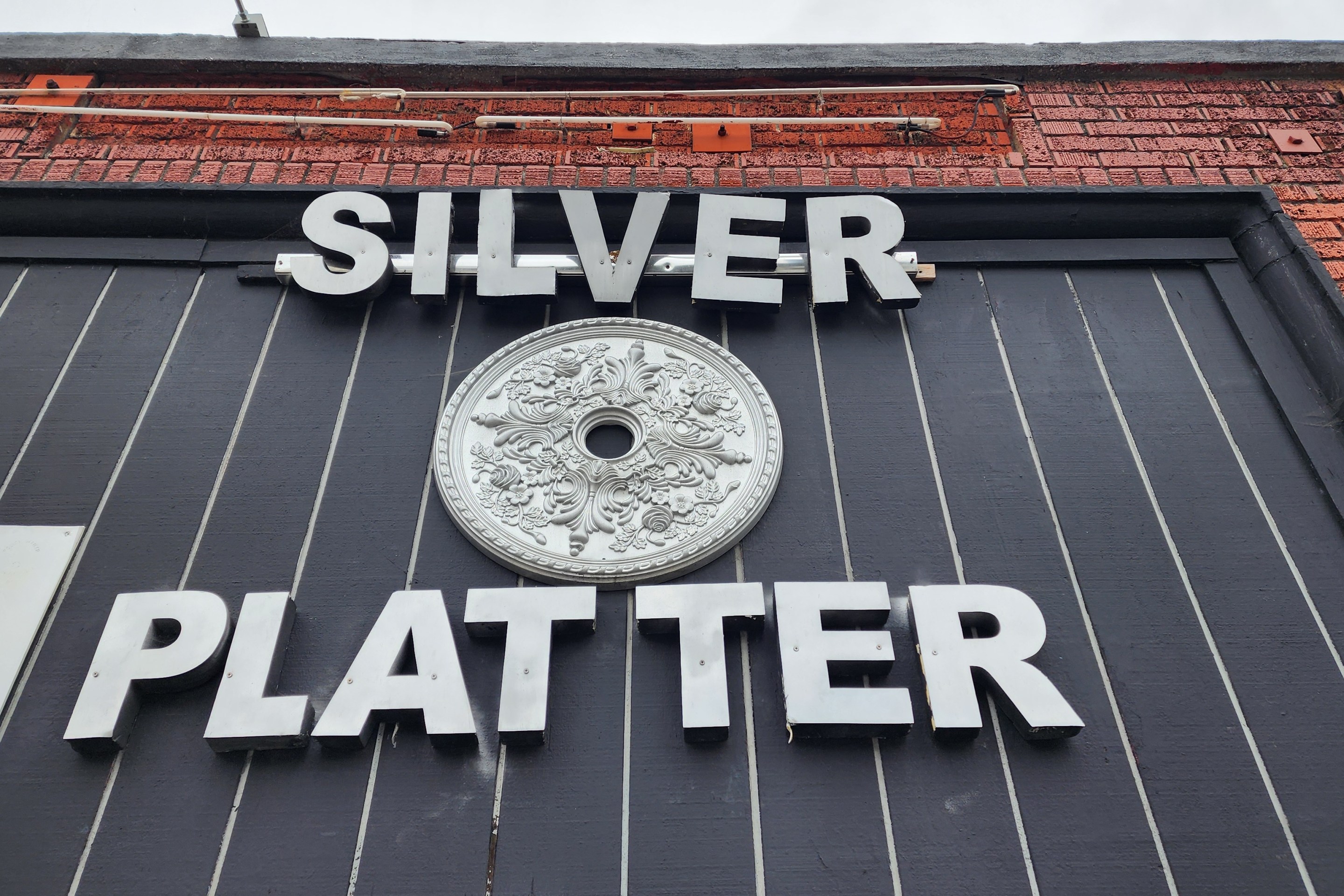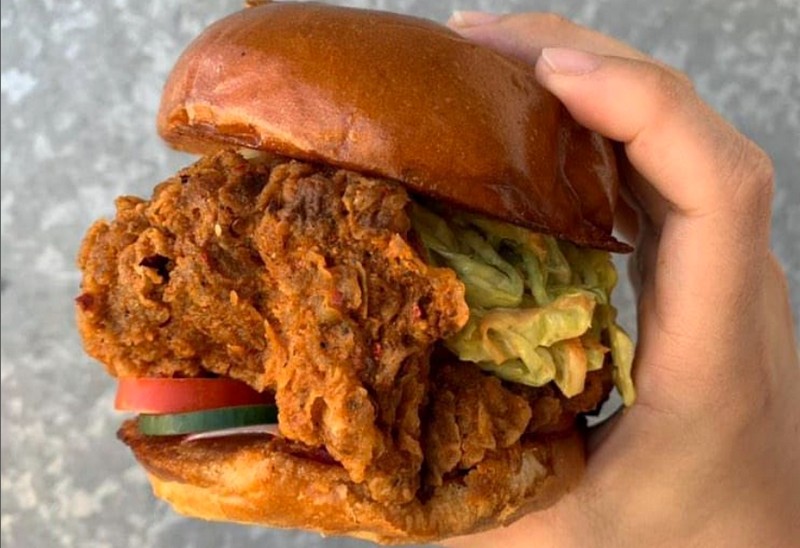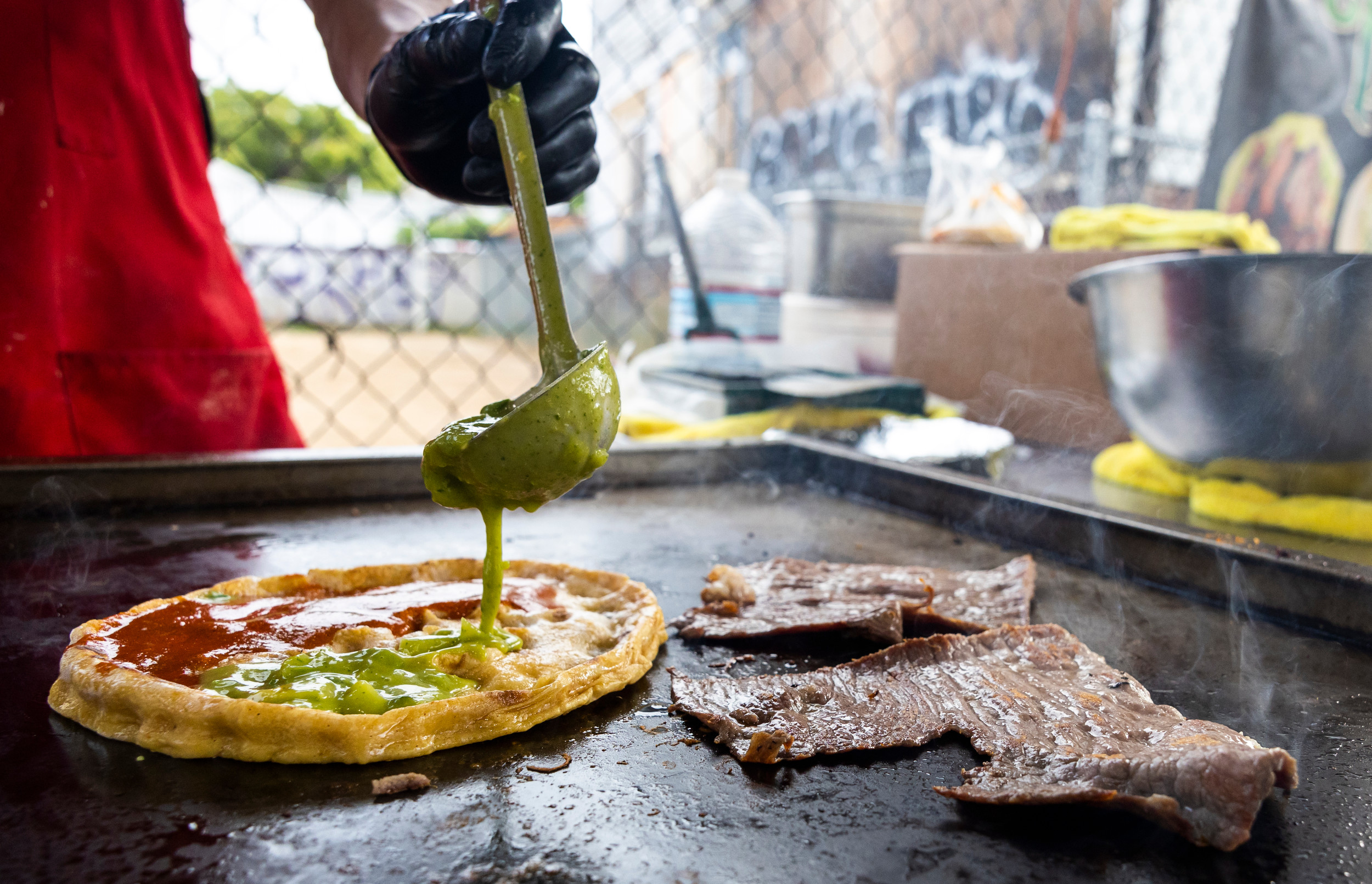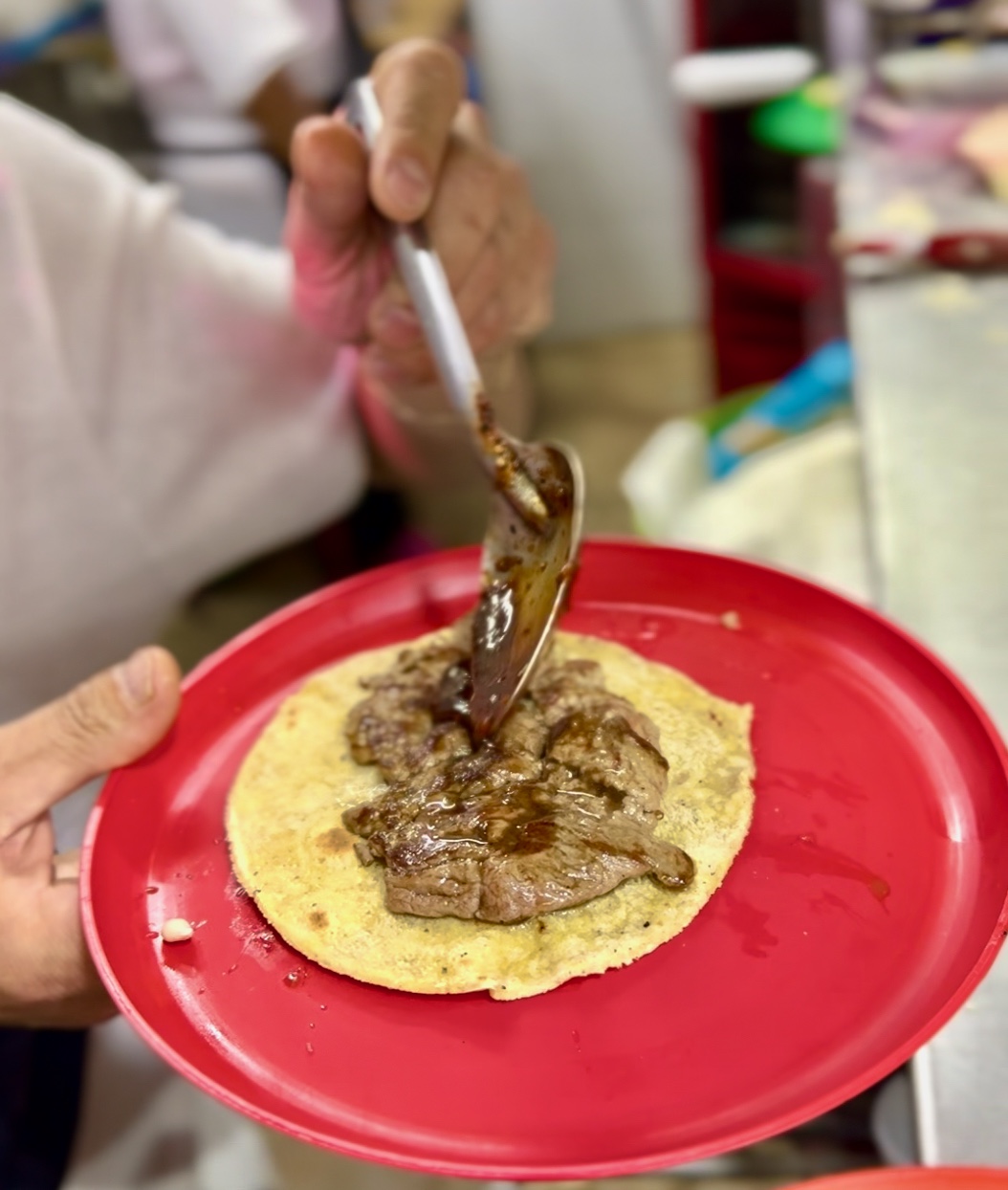The loud, agonizing cacophony of dozens of babies being slaughtered is one of the first elements you hear as you pull the thick strips of vinyl curtains aside and saunter your way into one of the best mazes at Universal Studios Hollywood’s Horror Nights this year right after you’re greeted by death itself, in the midst of digging a shallow grave.
Welcome to “Monstruos: The Monsters of Latin America,” the culmination of a 12-year effort to ensure Latinos feel seen at L.A.’s best Halloween attraction.
“When we brought Horror Nights back to Hollywood in 2006, we focused on movies like slashers,” says John Murdy, the executive producer and creative director of Halloween Horror Nights. “But as the event started to evolve, a lot of our fans would come up to me in the park and ask me, ‘Have you ever heard the story of La Llorona or El Cucuy?’”
That curiosity about Latin America’s more macabre side festered in Murdy until 2010, when he decided to take a stab at creating one of Universal’s first non-franchise “scare zones” (a walk-through area in between mazes) inspired by La Lllorona. That scare zone’s success led to the building of two full-fledged La Llorona haunted house mazes in 2011 and 2012.
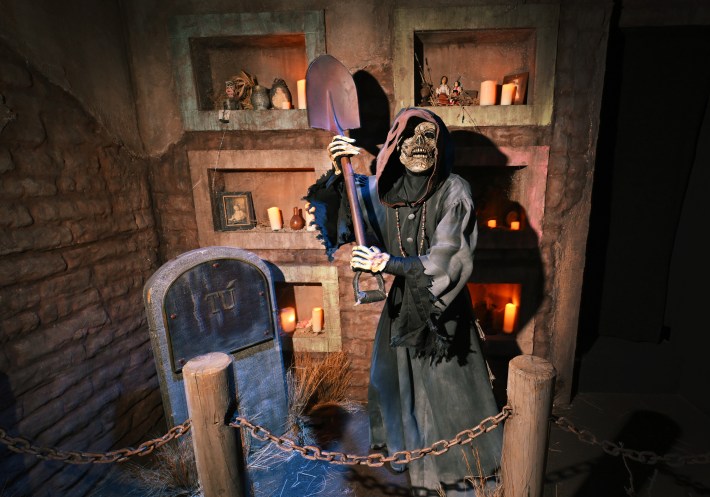
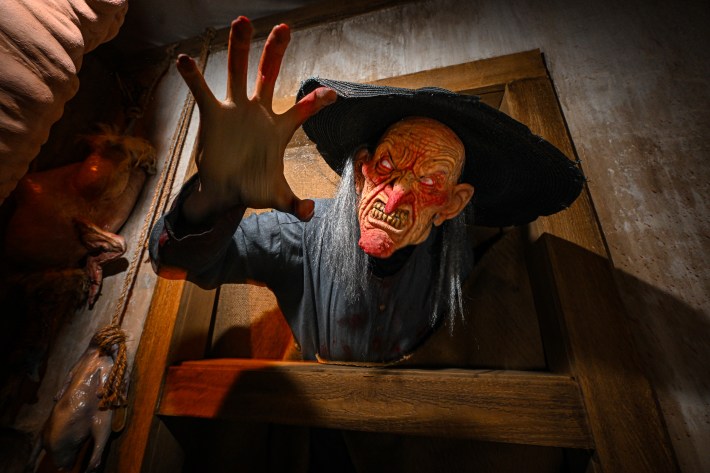
Understanding the limitations of his European ancestry in depicting another culture’s legends, Murdy hired Diego Luna to become a consultant for that maze. In 2013, Murdy worked with actor Danny Trejo to bring El Cucuy to life in a maze .
La Llorona’s maze returned last year and was one of Universal’s most famous haunted houses, not just with Latinos but across the board.
“More recently, we always work and review everything with D.E.I. (Diversity, Equity, and Inclusion) and… directly with people within our organization to make sure that what we’re doing is authentic and appropriate.”
The idea for Monstruos was Murdy and his team’s attempt to one-up last year’s success with La Llorona. They asked themselves, “Why not bring multiple monsters [from Latin America] together?”
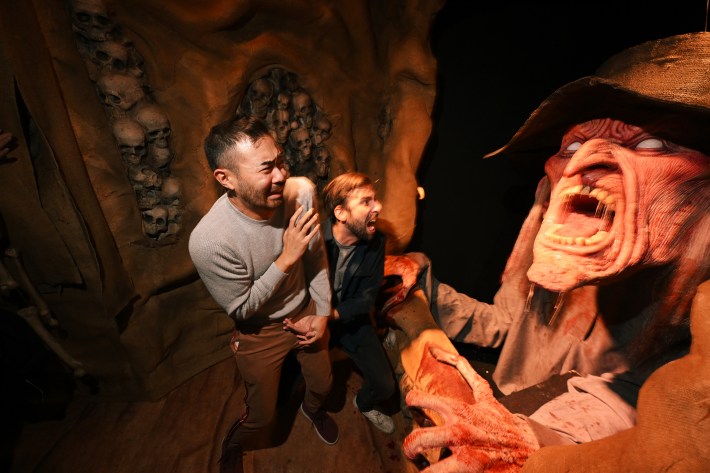
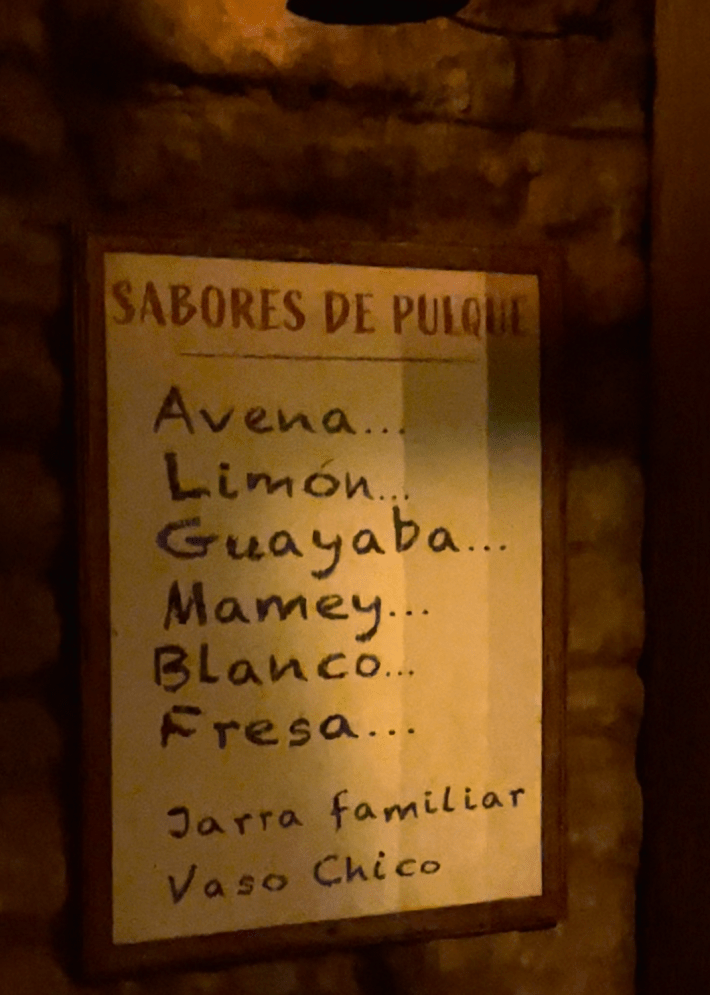
The death gang of Latin American monsters this year includes “Tlahuelpuchi,” a pre-conquest witch-vampire type of entity from nahua cultures in Mexico’s Tlaxcala state. It is believed that these entities loved to drink the blood of newborn children. The lore says that they morph into zopilotes (buzzards) and turkeys to enter the houses and then attack the babies by biting their heads or necks.
Murdy found this particular Tlaxcalan urban myth interesting because, in the 1950s, real doctors worked with the health department to understand why the infant mortality rate was high in that Tlaxcala region. On their actual death certificates, many of them attributed the deaths to bruises on their skin. According to the legend, Tlahuelpuchi was known to leave these kinds of bruises behind after sucking the blood out of their infant victims.
“Many residents there still absolutely believe in Tlahuelpuchi,” adds Murdy.
The next monster on deck, La Lechuza, was a more popular creature whose origins span into what is now Texas. Northeastern Mexican lore states that this entity materializes in the form of a humanoid barn owl (lechuza in Spanish) to hunt. There are still some reports and sightings of these blood-thirsty vampires in modern times in Mexico, Guatemala, Honduras, and El Salvador.
Not unlike Stanley Kubrick finding the innocent creepiness in a glass of milk in A Clockwork Orange, Murdy was drawn to pulque’s viscous, white texture as a beverage in contrast to thick blood.
The last of the monster squad is El Silbón (The Whistler), a very tall, killer specter from Venezuela and Colombia. Their legends say he killed his father in revenge, then ate him. His grandfather punished him and made him carry his father's bones in a sack. Now, he loves to rip the spines and bones of whoever roams in the countryside at night. He primarily preys on drunks and womanizers, which he kills by tearing out their extremities, limb-from-limb, to add their bones to his sack. He whistles a creepy tune in scale.
“All of these are passed down orally before they are written, so there are always variations within regions you grew up in,” clarifies Murdy.
Like significant works of any medium, the devil was in the details of this maze. Noticeably, a pulquería scene in Murdy’s Monstruo’s maze, complete with a pulque curado menu offering avena, limón, guayaba, blanco, and fresa flavors. Not unlike Stanley Kubrick finding the innocent creepiness in a glass of milk in A Clockwork Orange, Murdy was drawn to pulque’s viscous, white texture as a beverage in contrast to thick blood.
“I was drawn to pulque’s foamy milk texture and thought that would be an interesting combination with blood,” he says.
Murdy dedicated a whole day to researching pulquerías in Mexico from the 1800s and could draw parallels to saloons in the American Wild West, noting “it was a place you went for a drink, girls, and probably lots of fights.”
He was also aware that pulque and other pre-Hispanic Mexican fermented beverages were coming back in Mexico and Los Angeles.
As if this gang of Latine monsters wasn’t enough, there is also a mummy scare zone after the haunted house inspired by Mexico’s cultishly beloved vintage horror films, with undead Mexica warriors and even La Llorona stalking you on your way back into the park.
“I have to credit our fans,” says Murdy. “They provide most of the inspiration.”
Universal Studios’ Halloween Horror Nights is open on select nights until October 31st.
Hadley Tomicki contributed to this report.
